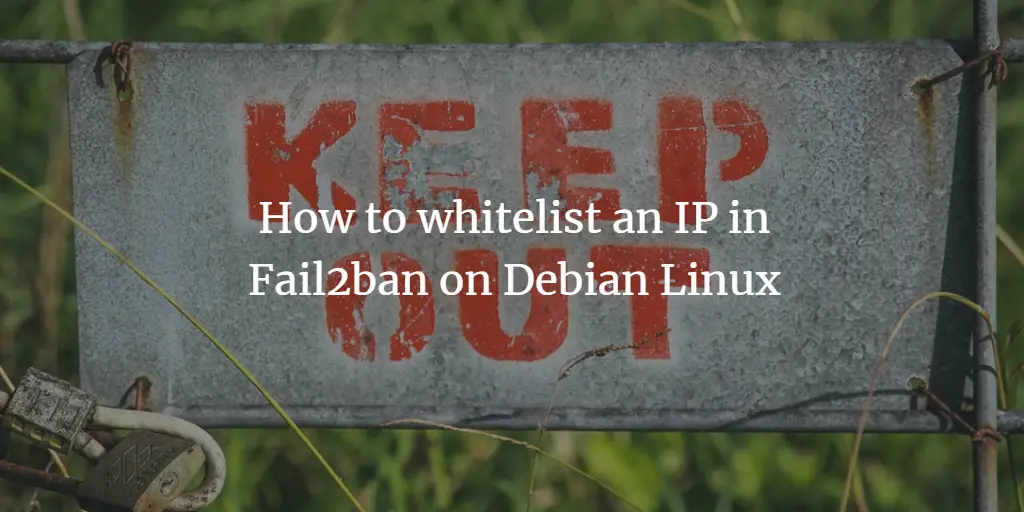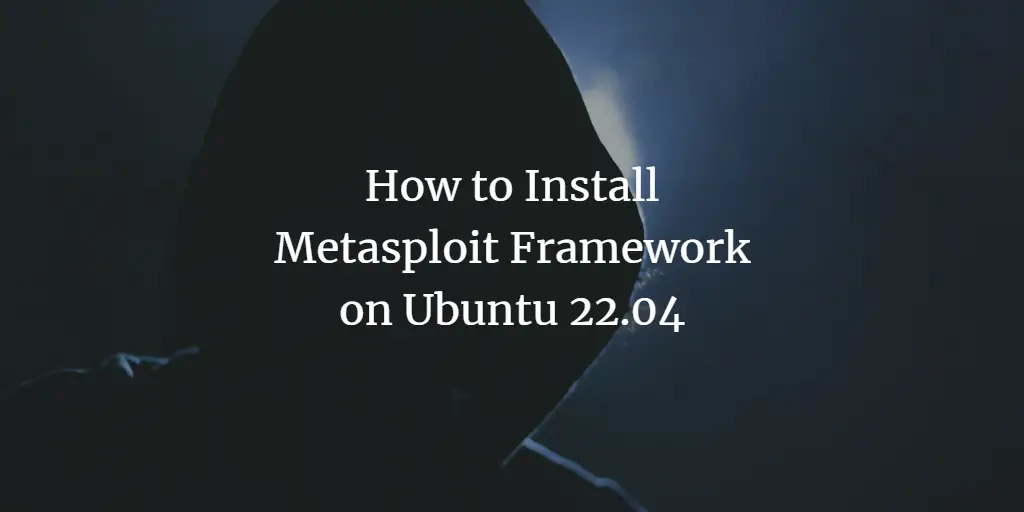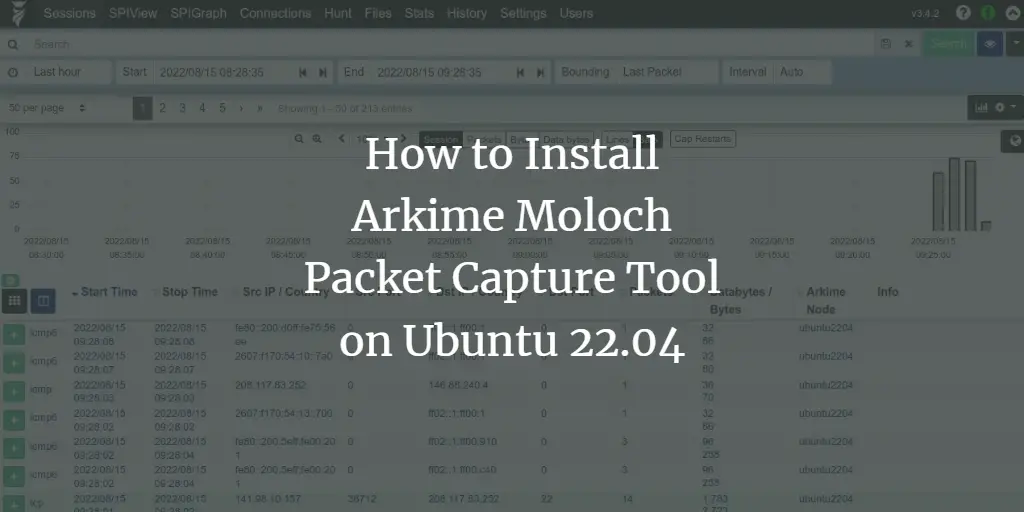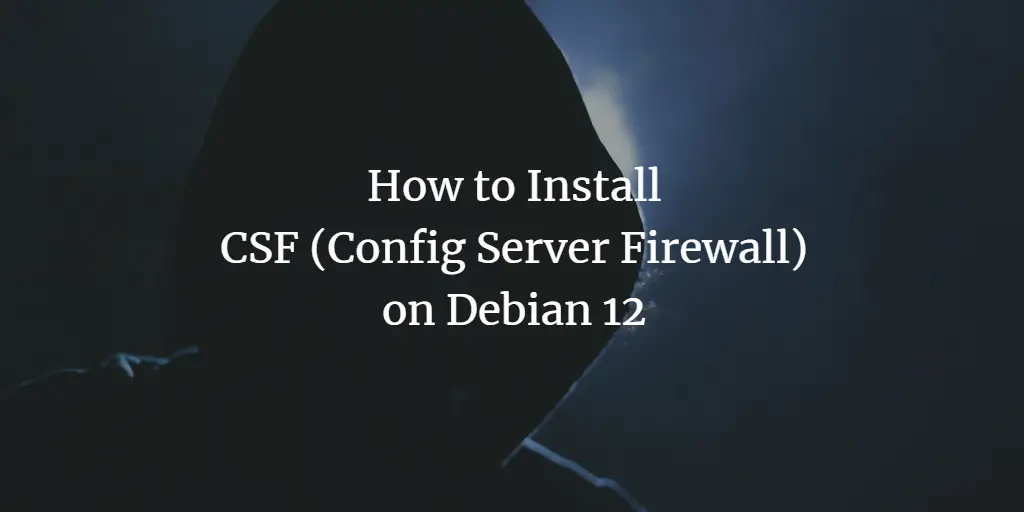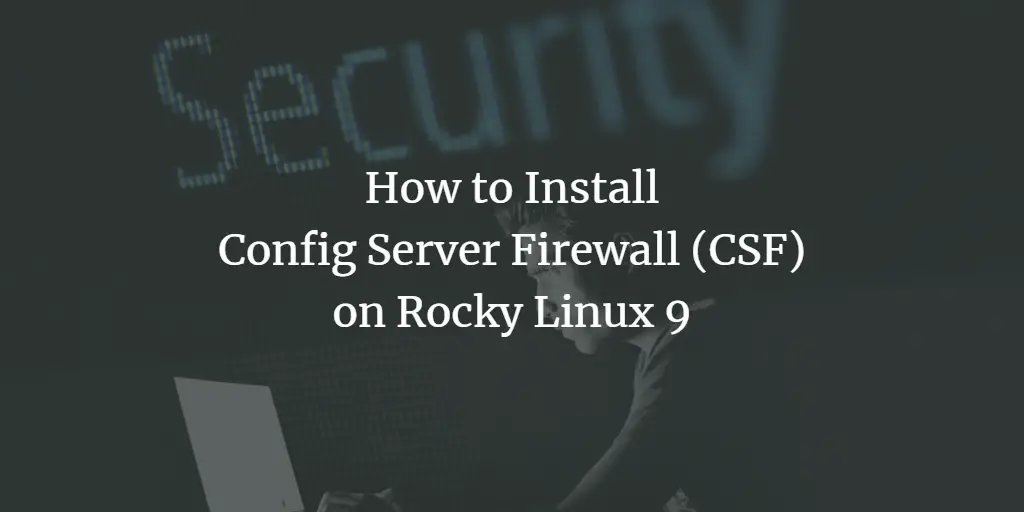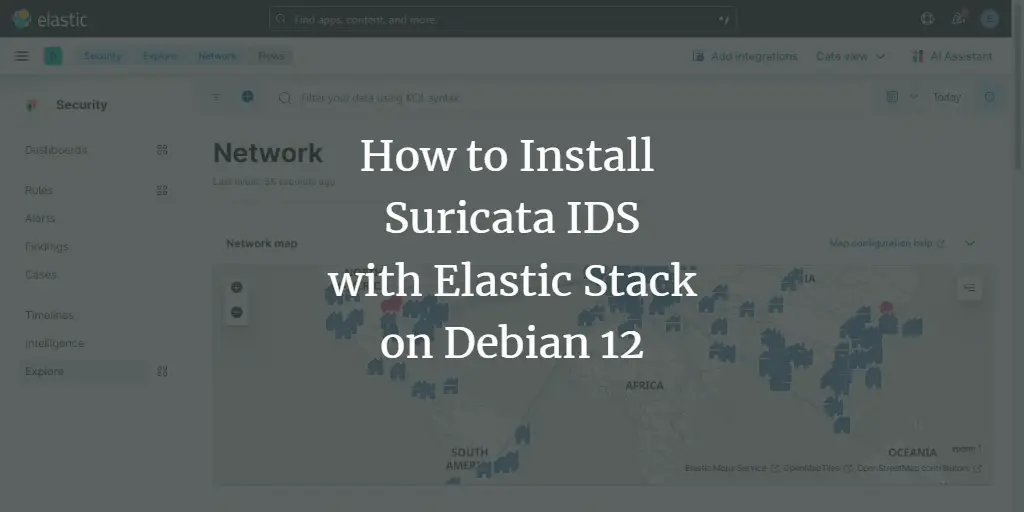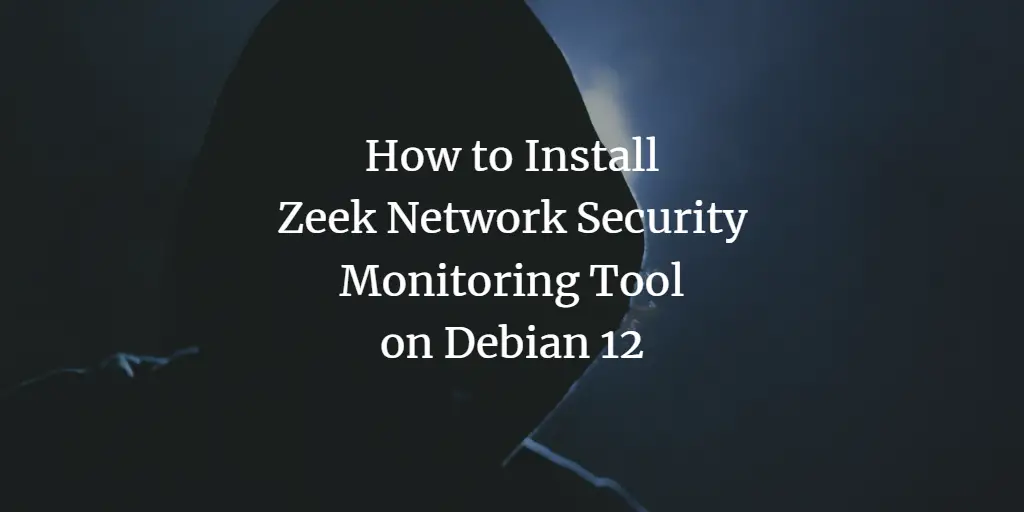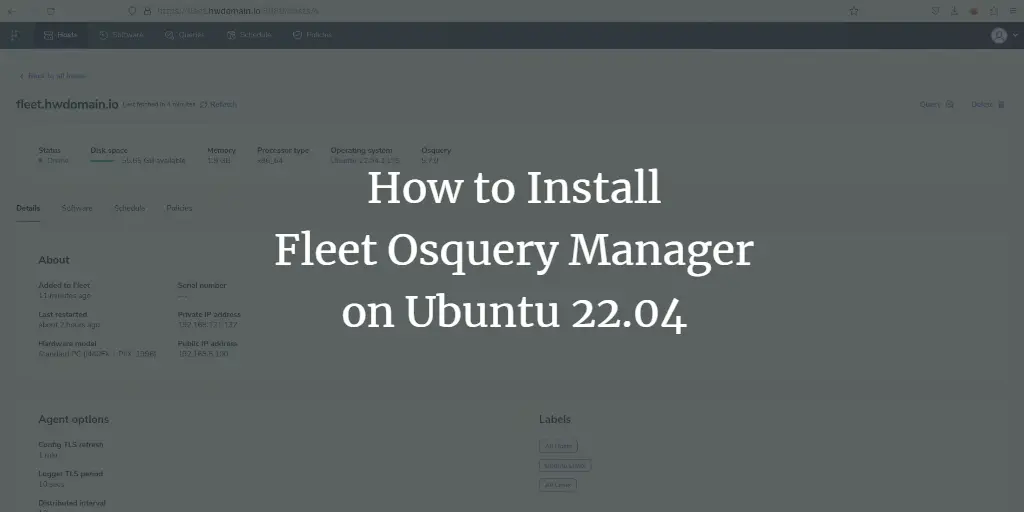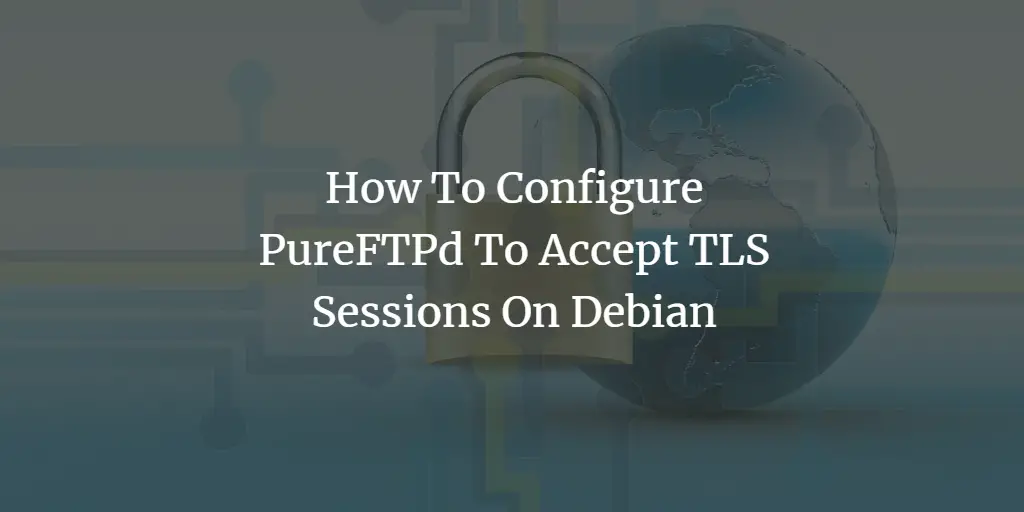Linux Tutorials on the topic “security”
-
How to whitelist an IP in Fail2ban on Debian Linux
Author: oufcomm • Tags: ispconfig, linux, networking, security • Comments: 7 • Updated: May 31, 2024How to whitelist an IP in Fail2ban on Debian Linux. Fail2Ban is used to protect servers against brute force attacks. Fail2ban uses iptables to block attackers, so, if we want to add permanent IP address and never be blocked, we must add it in the config file.
-
How to Install and Configure Suricata IDS along with Elastic Stack on Rocky Linux 9
Author: Navjot Singh • Tags: linux, monitoring, security, server • Comments: 0 • Published: May 22, 2024Suricata is a Network Monitoring tool that examines and processes every packet of internet traffic that flows through your server. It can generate log events, trigger alerts, and drop traffic upon detecting any suspicious activity.
-
How to Install Metasploit Framework on Ubuntu 22.04
Author: Navjot Singh • Tags: linux, security, ubuntu • Comments: 0 • Published: Apr 05, 2024As a network administrator, scanning for security vulnerabilities and patching them as soon as possible is important. Metasploit is an open-source framework that helps identify threats and vulnerabilities. In this tutorial, you will learn how to install the Metasploit framework and do basic testing on a Ubuntu 22.04 system.
-
-
How to Install Arkime Moloch Packet Capture Tool on Ubuntu 22.04
Author: Hitesh Jethva • Tags: monitoring, networking, security, server, ubuntu • Comments: 0 • Published: Apr 05, 2024Arkime is a free, open-source, large-scale indexed packet capture and search tool that stores and indexes network traffic in PCAP format. This tutorial will show you how to install the Arkime Packet Capture tool on Ubuntu 22.04.
-
How to Install CSF (Config Server Firewall) on Debian 12
Author: Arvid L • Tags: debian, linux, security, server • Comments: 1 • Published: Jan 19, 2024CSF or Config Server Firewall is a Stateful Packet Inspection (SPI) firewall based on IPtables and Perl. it provides a daemon process that will monitor your services for failure authentication.
-
How to Install and Configure Config Server Firewall (CSF) on Rocky Linux 9
Author: Navjot Singh • Tags: linux, security, server • Comments: 0 • Published: Dec 07, 2023Config Server Security and Firewall (CSF) is an iptables-based firewall that provides high-level security to the Linux system. This tutorial teaches you how to install and manage CSF on a Rocky Linux 9 server.
-
How to Install and Configure Suricata IDS alongside Elastic Stack on Debian 12
Author: Navjot Singh • Tags: debian, linux, security • Comments: 0 • Published: Oct 06, 2023Suricata is a Network Monitoring tool that examines and processes every packet of internet traffic that flows through your server. It can generate log events, trigger alerts, and drop traffic upon detecting any suspicious activity.
-
How to Install Zeek Network Security Monitoring Tool on Debian 12
Author: Arvid L • Tags: debian, linux, security • Comments: 0 • Published: Oct 05, 2023Zeek (formerly Bro) is a free and open-source platform for network security monitoring. It is a powerful passive network traffic analyzer to investigate suspicious or malicious activity. In this guide, I will show you how to install Zeek network Security Monitoring on the Debian 12 server step-by-step.
-
How to Install Fleet Osquery Manager on Ubuntu 22.04
Author: Arvid L • Tags: desktop, linux, security, server, ubuntu • Comments: 0 • Published: Jul 21, 2023Fleet is an open-source osquery manager that can be used to maintain secure workstations and servers, and keep an accurate inventory of all your devices. In this tutorial, you will install Fleet Osquery Manager on an Ubuntu 22.04 server.
-
How To Configure PureFTPd To Accept TLS Sessions On Debian
Author: Falko Timme • Tags: debian, ftp, security • Comments: 5 • Updated: Jul 05, 2023How To Configure PureFTPd To Accept TLS Sessions On Debian Linux. FTP is a very insecure protocol because all passwords and all data are transferred in clear text. By using TLS, the whole communication can be encrypted, thus making FTP much more secure. This article explains how to configure PureFTPd to accept TLS sessions on a Debian server.

